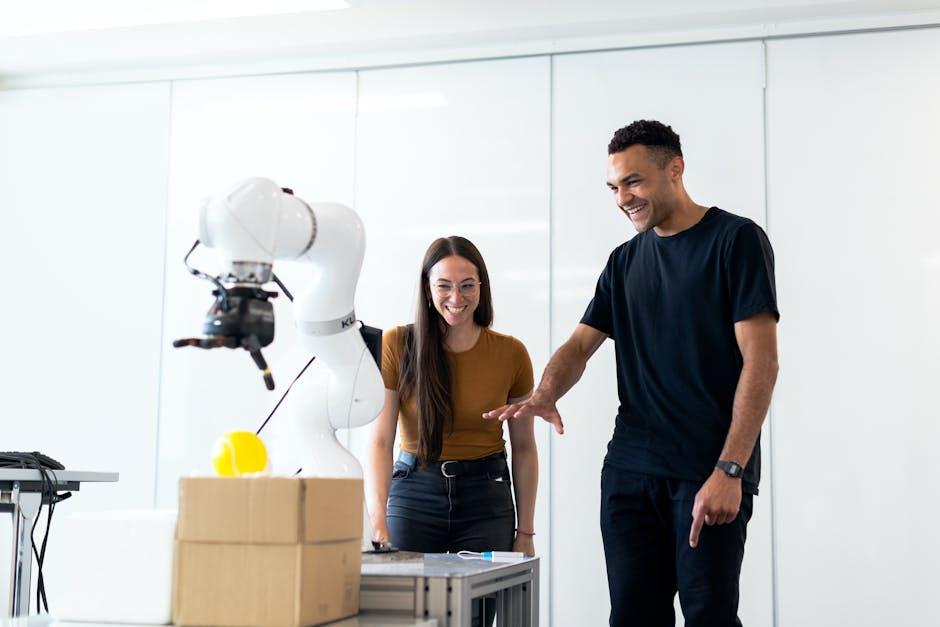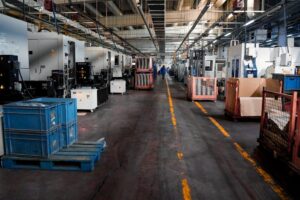The Future of Design Collaboration with AI-Driven Tools
As we step into a new era marked by technological advancements, the future of design collaboration is increasingly intertwined with Artificial Intelligence (AI). Organizations and creative teams are leveraging AI-driven tools not just to enhance design processes but also to foster creativity, streamline workflows, and elevate collaboration across diverse teams. This article explores the transformative role of AI in design collaboration, highlighting benefits, practical tips, case studies, and firsthand experiences, ensuring you stay ahead in the rapidly evolving design landscape.
The Rise of AI in Design Collaboration
AI technologies have gained significant momentum in recent years, influencing various sectors, including graphic design, architecture, and product development. AI’s ability to analyze vast datasets, learn from them, and provide actionable insights is revolutionizing creative processes. Designers can now utilize AI-driven tools to automate routine tasks, gain design recommendations, and even generate prototypes in a fraction of the time it would typically take.
Key Components of AI-Driven Design Tools
- Automation: Streamlining redundant tasks such as resizing images, generating design assets, and managing versions.
- Data-Driven Insights: Delivering analytics on user preferences, enabling designers to create tailored experiences.
- Collaborative Platforms: Facilitating teamwork with real-time editing and feedback mechanisms.
- Generative Design: Using algorithms to generate design outputs based on user-defined criteria.
Benefits of AI-Driven Design Collaboration
AI-driven tools are reshaping how design teams work together. Here are the primary benefits:
- Enhanced Creativity: AI tools provide designers with inspiration and alternative design options, pushing creative boundaries.
- Increased Efficiency: Automation of repetitive tasks allows designers to focus more on higher-level creative decisions.
- Improved Collaboration: Real-time collaborative tools enable team members to work together seamlessly, regardless of their location.
- Personalized User Experiences: AI analyzes user data to guide designers in creating more effective and user-centered designs.
Practical Tips for Using AI-Driven Tools in Design
Adopting AI in your design process doesn’t have to be daunting. Here are some practical tips to consider:
- Choose the Right Tools: Research and select AI-driven design tools that best fit your team’s workflow.
- Integrate Gradually: Start by incorporating one or two AI tools into your existing process rather than a complete overhaul.
- Encourage Team Training: Provide training sessions for your team to familiarize them with AI functionalities.
- Solicit Feedback: Regularly gather feedback from team members about their experiences with the tools to refine their usage further.
Case Studies: Successful Adoption of AI Tools in Design
Case Study 1: Adobe Sensei
Adobe Sensei serves as the backbone of Adobe Creative Cloud applications, integrating AI capabilities that enhance collaboration among designers. By utilizing machine learning to automate tasks such as image tagging and content-aware fill, designers can significantly reduce their time spent on repetitive tasks. This has led to a measurable increase in productivity within teams, freeing up time for more innovative design work.
Case Study 2: Figma and AI Integration
Figma, a popular design tool, has incorporated AI features to enhance collaborative design processes. For instance, its auto-layout feature allows teams to create responsive designs more efficiently. This AI-driven capability has resulted in improved workflows, enabling designers to work simultaneously on single projects while still being aware of each other’s input and ideation.
Firsthand Experience: My Journey with AI-Driven Design Tools
As a designer, my firsthand experience with AI-driven tools has been transformative. Initially skeptical about the role of AI in creativity, I discovered that leveraging tools like Canva’s AI-based design recommendations significantly improved my workflow. By automating mundane tasks, I was able to invest more time in actual design development and client interactions, resulting in better satisfaction and output quality.
The Future Outlook of AI in Design Collaboration
As we look to the future, the integration of AI in design collaboration tools is expected to deepen. The evolution of AI will not only help in creating more intuitive design interfaces but will also foster a more collaborative environment where creativity can thrive. The potential for real-time data-driven design alterations and predictive analysis on user engagement will redefine how designers plan and execute their projects.
Conclusion
AI-driven tools are not just a trend; they are a vital component of the design process that will define the future of design collaboration. As designers continue to embrace these tools, the landscape of creativity, efficiency, and collaboration will inevitably evolve. By understanding the benefits, adopting practical strategies, and learning from successful case studies, design teams can harness the full potential of AI, paving the way for innovation and collaboration in the design industry. Join this journey into the future of design collaboration and stay ahead in the rapidly changing world of creative technology.











